Gravity to Grip: Decoding Climbing Techniques
Knowledge Base
Introduction:
Climbing and bouldering are exhilarating activities that have captivated adventurers for centuries. Beyond thrilling recreational pursuits, these vertical challenges also offer valuable opportunities for scientific exploration. In this article, we delve into the scientific explanations behind climbing techniques, uncovering the biomechanics, physics, and physiology that enable climbers to conquer seemingly insurmountable heights.
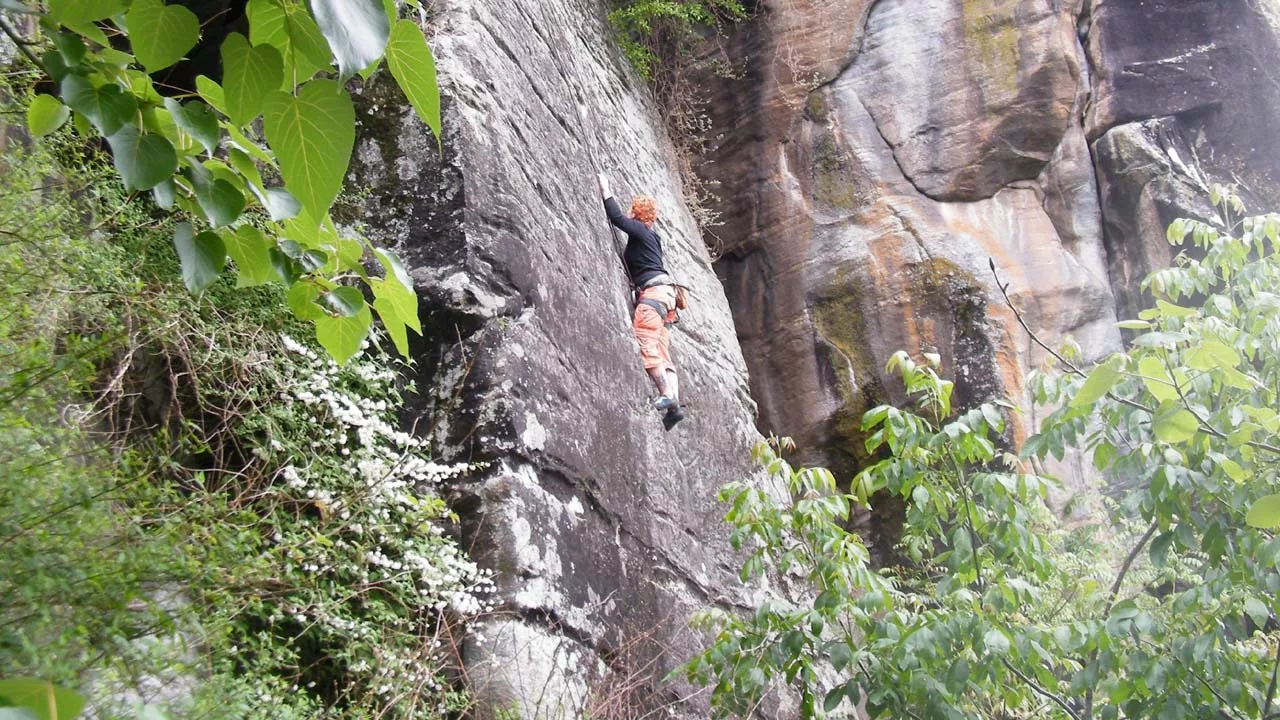
Biomechanics of Climbing Techniques:
The biomechanics of climbing involves understanding how the human body interacts with the rock face and optimizing movement efficiency, balance, and strength. Here are a few key scientific principles that underpin climbing techniques:
Center of Gravity:
Maintaining a low center of gravity is crucial for balance and stability. By aligning the body’s center of gravity with the point of contact on the wall, climbers can optimize weight distribution and reduce the risk of falling.
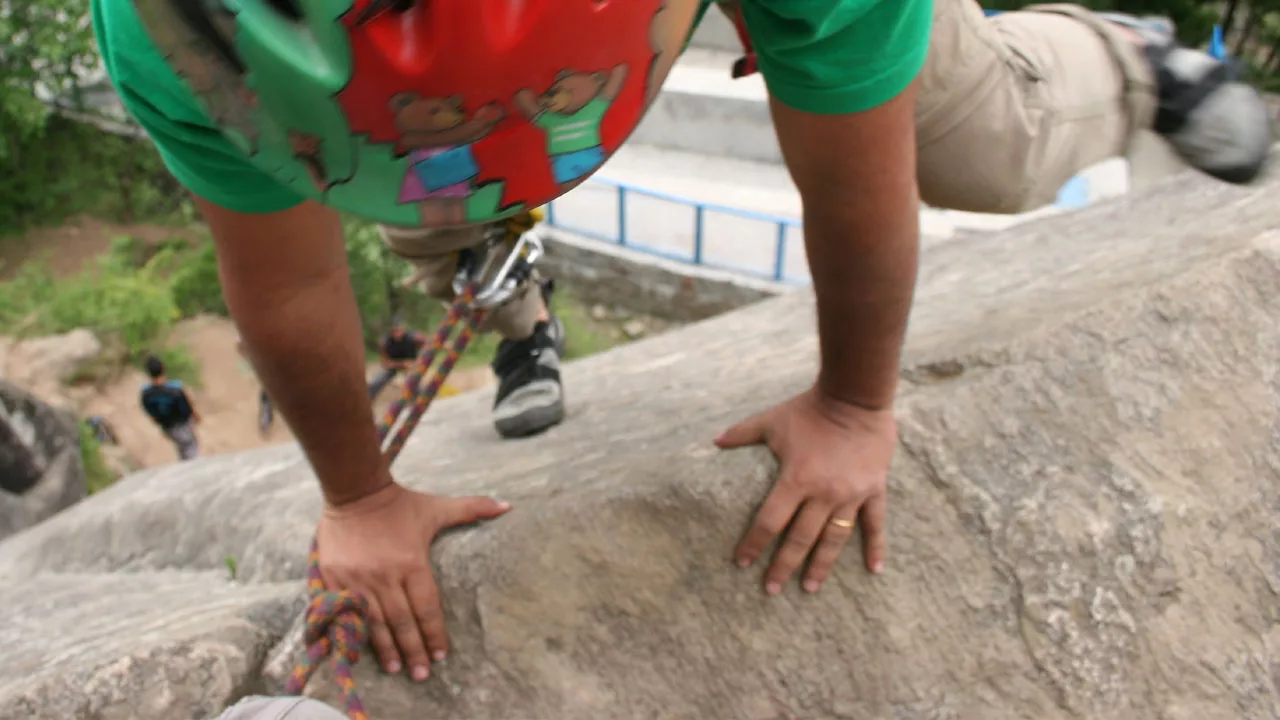
Weight Shifting:
Proper weight shifting allows climbers to redistribute their weight between their limbs effectively. By shifting weight towards the point of contact, climbers maximize friction and enhance their grip.
Body Positioning:
Climbers often use a technique called “flagging” to maintain balance. Flagging involves extending one leg in the opposite direction of a reaching hand, creating a counterbalance that prevents the body from rotating.

Physics of Climbing Techniques:
Climbing also involves understanding the fundamental principles of physics to overcome gravity and navigate challenging routes. Several physical concepts come into play:
Friction:
Friction is the key to maintaining a grip on the rock. Climbers use their hands and feet to generate friction against the wall. By applying a force perpendicular to the rock’s surface, climbers increase the frictional force, allowing them to hold on to even the smallest holds.
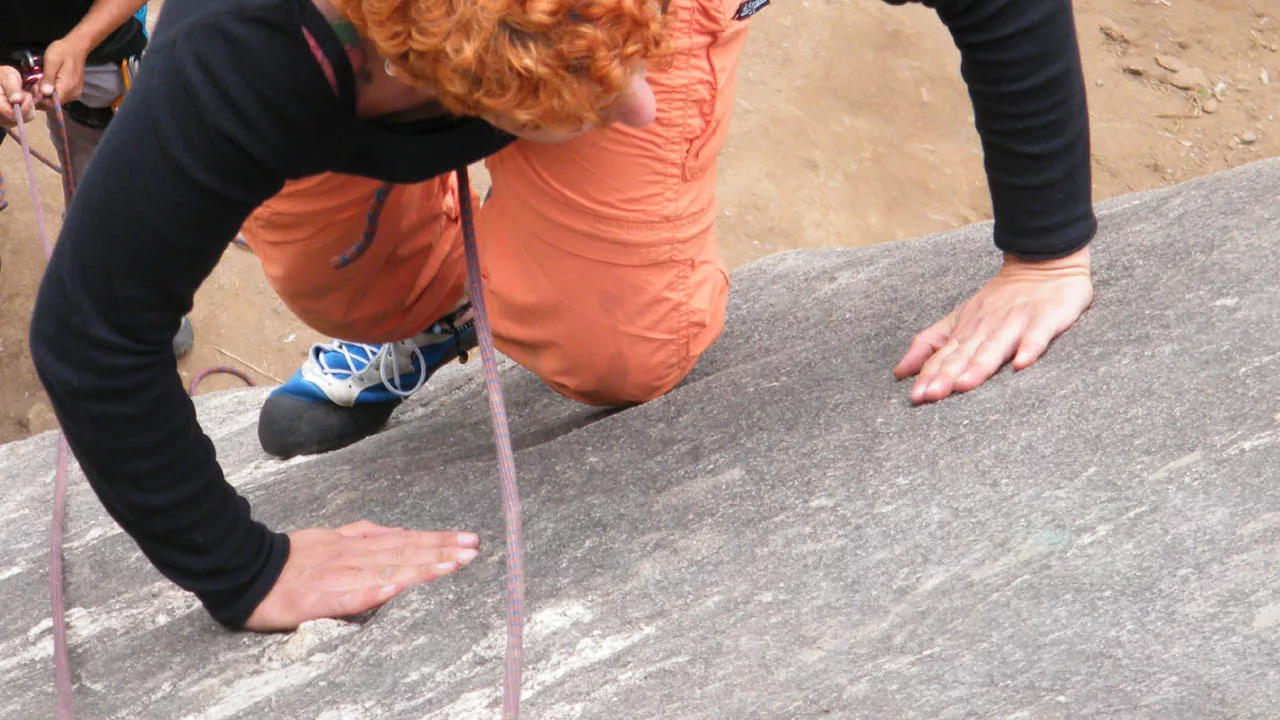
Force Distribution:
The distribution of forces is crucial in climbing. Climbers distribute their weight across multiple points of contact to minimize stress on any single hold. This reduces the risk of holds breaking and helps conserve energy.
Momentum and Conservation of Energy:
Understanding momentum and the conservation of energy allows climbers to make efficient moves. Utilizing swinging or pendulum motions can help conserve energy while propelling the body upward.
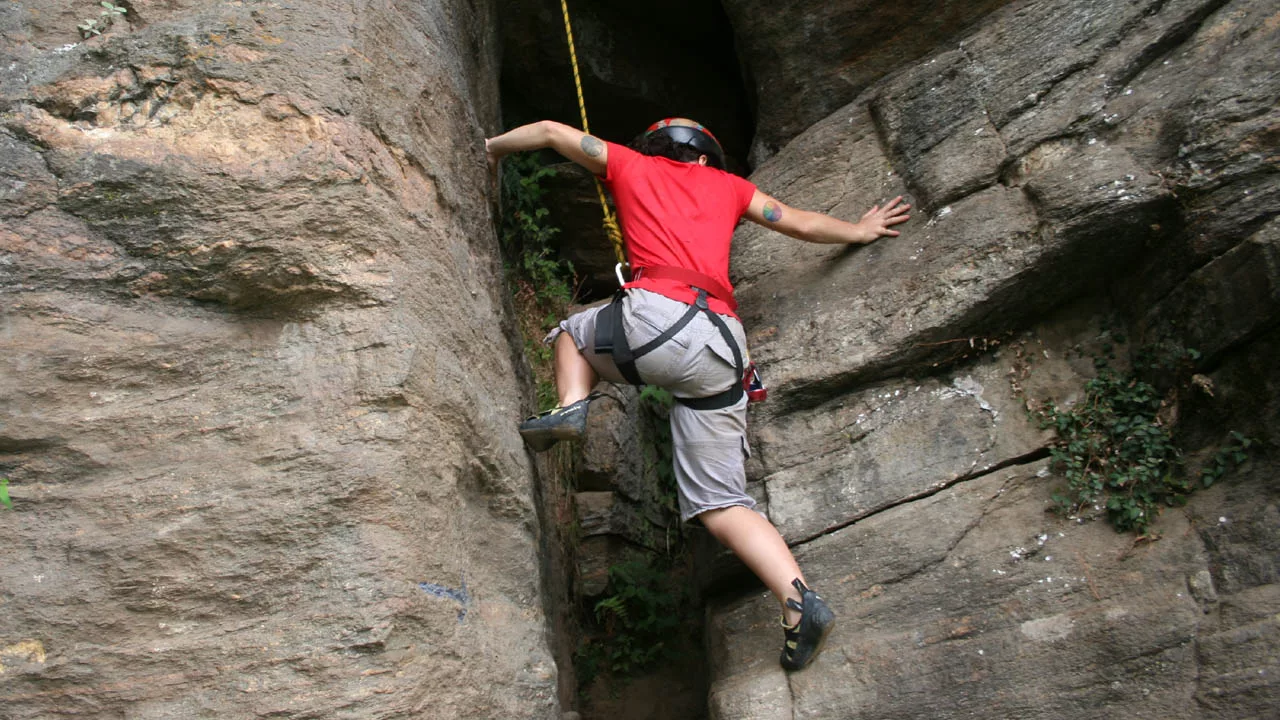
Physiological Considerations of Climbing Techniques:
Climbing places significant demands on the body, requiring strength, endurance, and flexibility. Here are a few physiological aspects that contribute to climbing performance:
Grip Strength:
Climbers develop extraordinary grip strength due to the nature of the sport. The repeated gripping and pulling motions activate muscles in the hands, wrists, and forearms, leading to increased strength and endurance.
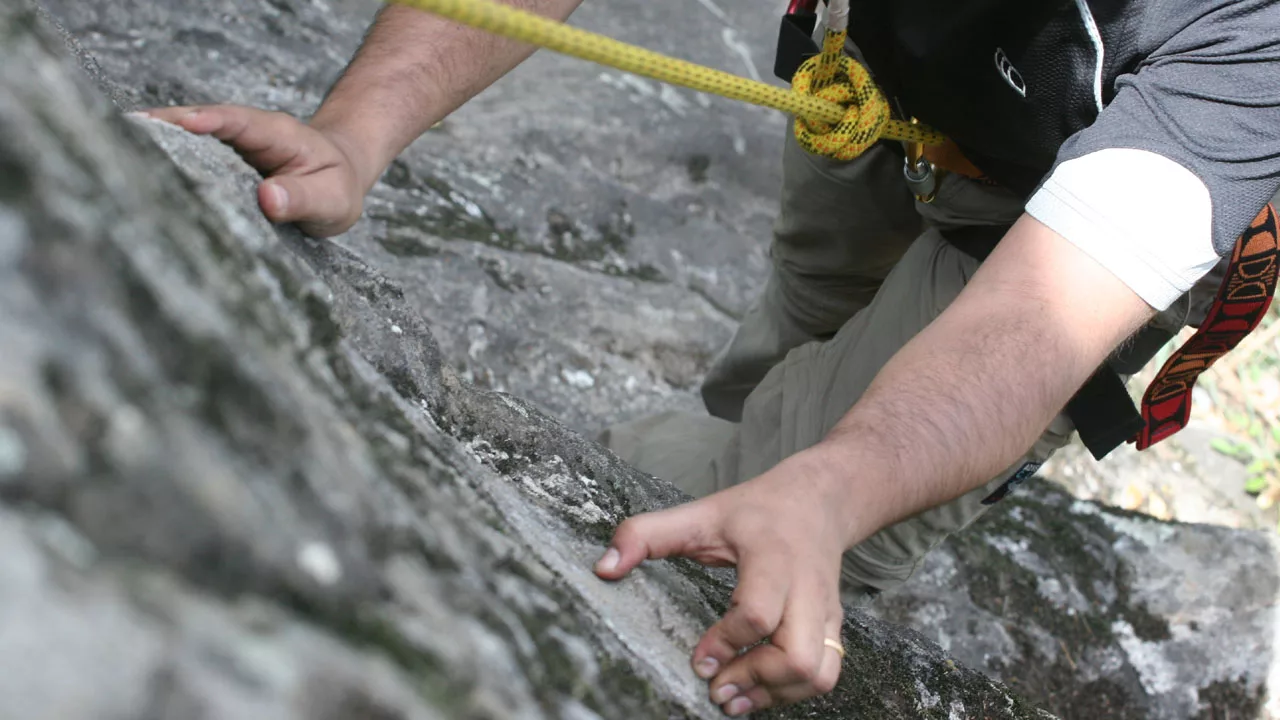
Core Strength:
A strong core stabilizes the body during climbing, allowing for controlled movements and minimizing unnecessary strain on the limbs. Engaging the core muscles enables climbers to generate more power from their lower body while reducing fatigue.
Flexibility:
Climbers require flexibility in various muscle groups to navigate through challenging positions and reach distant holds. Stretching and regular flexibility training can enhance a climber’s range of motion and overall performance.
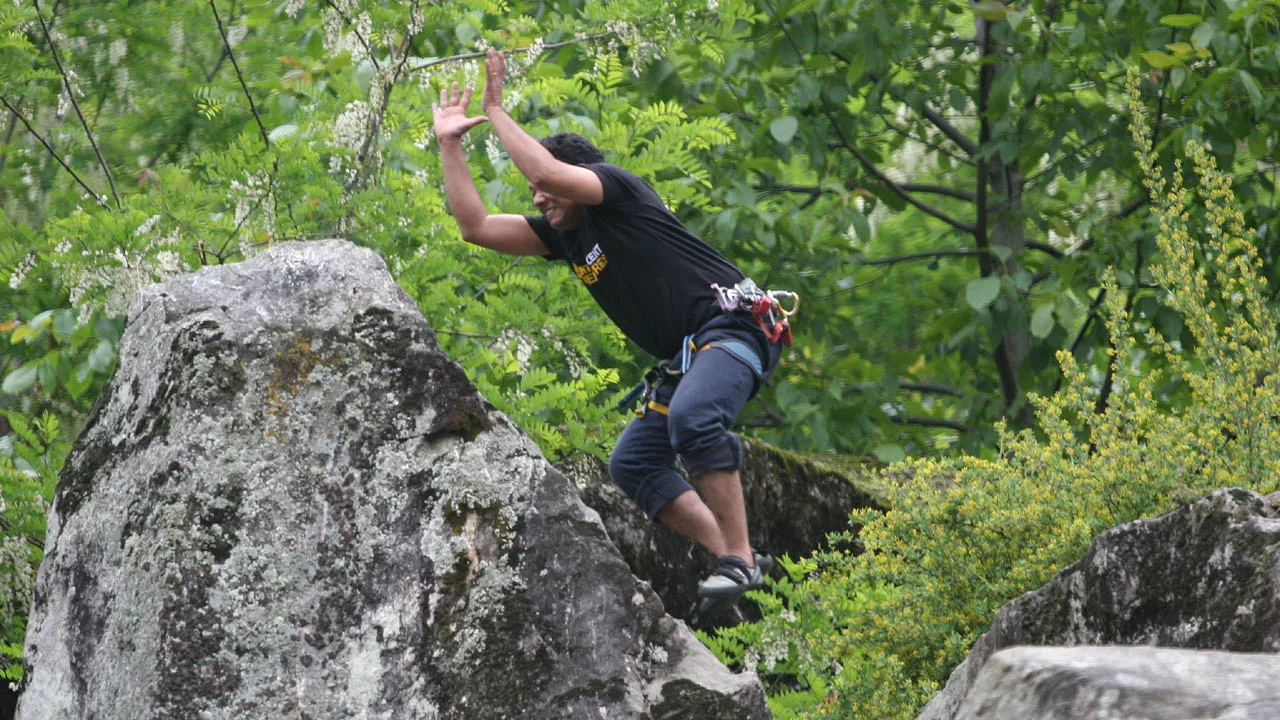
Conclusion:
Rock climbing and bouldering are not just adrenaline-fueled activities; they also provide a captivating platform for scientific exploration. By understanding the biomechanics, physics, and physiology behind climbing techniques, we gain insights into the remarkable capabilities of the human body and its potential to conquer vertical challenges. Whether you’re a climber seeking to optimize your performance or a curious observer, appreciating the science behind climbing adds a new dimension to the awe-inspiring sport of ascending cliffs and boulders.

Reference:
- CJ Low (2005) Biomechanics of Rock Climbing Technique
- Watts, P. B. (2004). Physiology of difficult rock climbing. European Journal of Applied Physiology.
- Mermier, C. M., Janot, J. M., Parker, D. L., & Swan, J. G. (2000). Physiological and anthropometric determinants of sport climbing performance. British Journal of Sports Medicine.